The complexities of predicting climate change effects

“This article was first published on Pursuit. Read the original article.”
Dr James Camac, Nicholas Bell and Professor Ary Hoffmann
We currently face significant challenges to accurately predict the impacts of our changing climate on individual species, as well as their ecosystems.
A recent report on the demise of an area of snow gums in the Kosciuszko and Namadgi National Parks highlights this. These trees are being decimated by an uncharacteristic, and presumably climate-related infestation of native longicorn beetle wood borers.

Snow gums (Eucalyptus pauciflora) are an iconic alpine and subalpine plant in Australia’s high country. In fact, the species was nominated Eucalypt of the year in 2019.
It’s a tree that grows from southern Queensland to Tasmania in diverse environmental conditions, but are most commonly found as the treeline species in Australia’s mainland Alps.
Snow gums are particularly well adapted to both the cold winter climate as well as the warm and dry summer conditions.
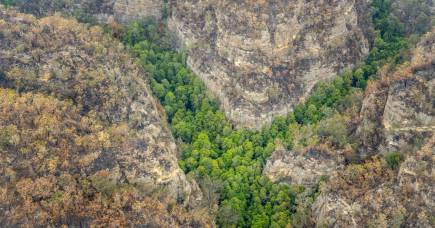
How do we protect our unique biodiversity from megafires?
The beetles bore into branches and the main stem, and it is thought that in large enough numbers, they kill the tree, resulting in dead stands of snow gums.
Our team encountered a similar and related situation in the grasslands of the Bogong High Plains of Victoria’s alps. Here, large patches of dead snow grass had suddenly appeared between 2009 and 2011.
At that time, we had experimental warming plots in these alpine grasslands. These plots consisted of open-top chambers – basically an igloo made of plastic sheeting – designed to passively warm a small area of grassland and soil to simulate and measure the impact of climatic warming on alpine vegetation.
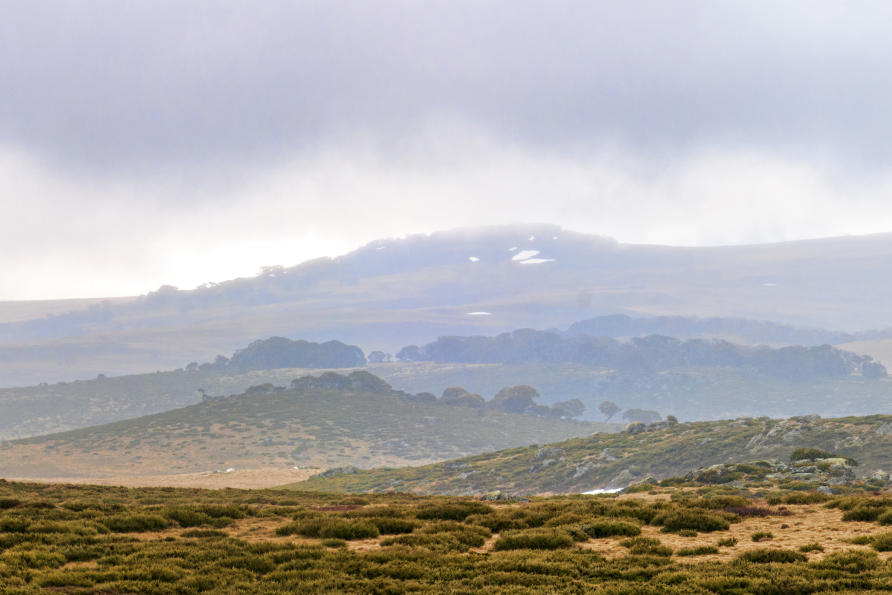
Our main conclusion at the time was that a one to two degree Celsius warming altered plant flowering times and increased shrub growth rates – both of which can have significant implications on pollination networks, plant community composition and even the landscape flammability of our unique alpine ecosystems.
These impacts are expected to manifest in ecosystem change gradually over time because competitive (e.g. reduced recruitment opportunities) and facilitative interactions (e.g. protection from temperature extremes) among species can mitigate some of the direct impacts of a changing climate.
However, at one of our experimental sites we encountered a rare, but significant, factor that may have been prescient – a moth.
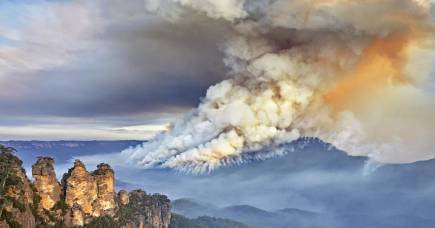
Tracking the climate threat to Australia's unique ecosystems
We saw near-complete loss of a dominant alpine grassland species (Poa hiemata) within and outside our experimental plots. This dramatic loss of alpine snow grasses was followed by a slow recovery over the next few years.
In this case, the culprit was likely to have been Oncopera alpina, also known as the Alpine case moth, a native moth restricted to alpine and subalpine areas of mainland Australia.
Its larvae (caterpillars) feed on buds, stems and shoots of alpine tussocks and tunnel into the surrounding soil, with an annual life cycle where the adult ‘moth’ stage appears only briefly.
While there is a documented history of these moths decimating patches of alpine grasslands over the last 100 years, we still don’t fully understand the reasons why such severe outbreaks occur.
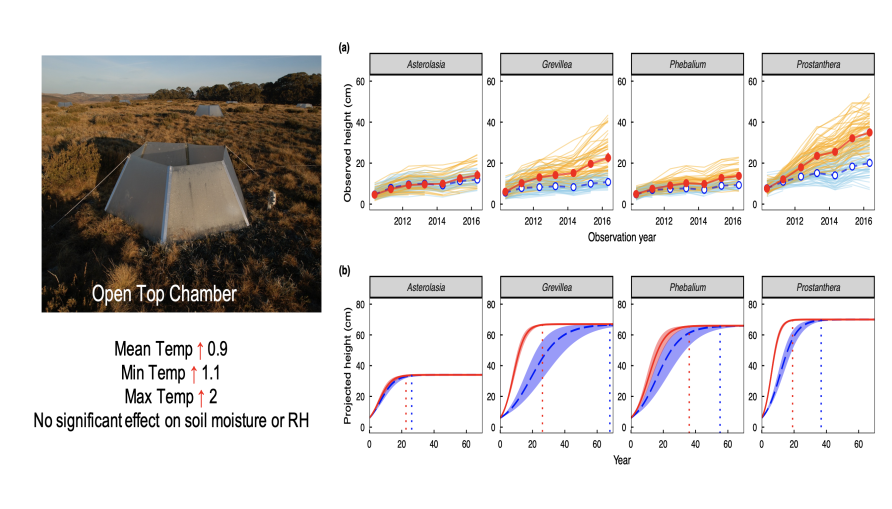
Preliminary analyses suggest that a shorter snow cover duration could be a triggering factor, but modelling these extreme events is challenging because of their rarity.
Much like the situation with longicorn wood borers decimating snow gums, we currently lack sufficient data and resources to predict, manage and mitigate these impacts of climate change.
The necessity to better understand and model events like this is critical, because they not only have the capacity to accelerate or mitigate the impacts of climate change, but also the potential to alter ecosystem trajectories entirely.
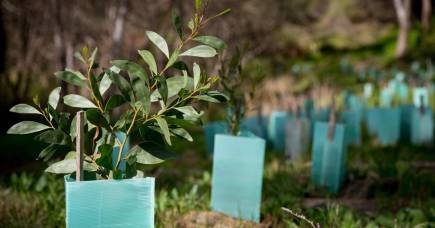
Getting revegetation right with genetics
Such rare and significant ‘biotic’ (that is, living things in the environment) interaction events are not isolated to the Australian high country.
Biotic interactions have also been implicated in climate change impacts like the dieback of cushion plants in sub-Antarctic islands, bark beetles killing trees in North America across thousands of hectares, and various defoliating insects – all a result of warmer conditions in the northern hemisphere.
We now face a situation where iconic Australian ecosystems are on the cusp of collapse.
Climate change is likely to exacerbate this – not only directly impacting species, but also changing the frequency and severity of extreme events. Now is the time to invest in detailed and long-term research monitoring programs that can untangle these dynamics.
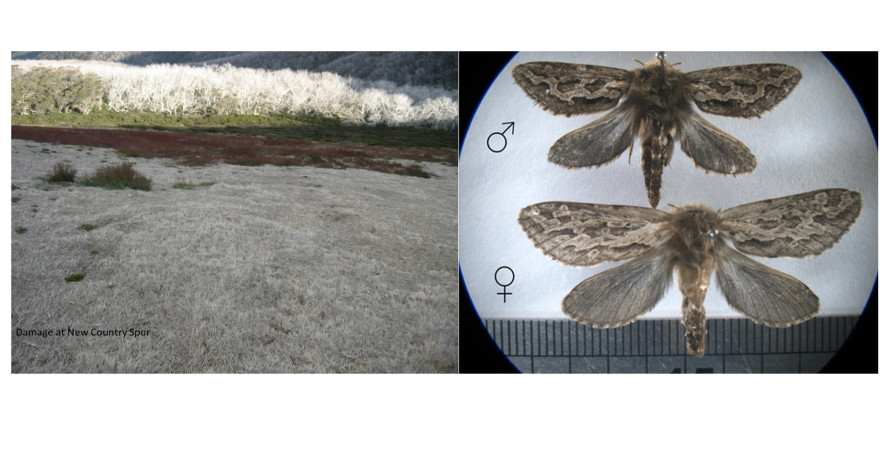
Unfortunately, these programs are often the hardest to fund, especially when competing against more appealing ‘quick technological fixes’.
The latest technological advancement in machine learning or remote sensing won’t help unless we are willing to collect the fundamental data required to model and understand the short and long-term implications of these events, but also to accurately predict how they are likely to change in the future.
Banner: Nick Bell/University of Melbourne

